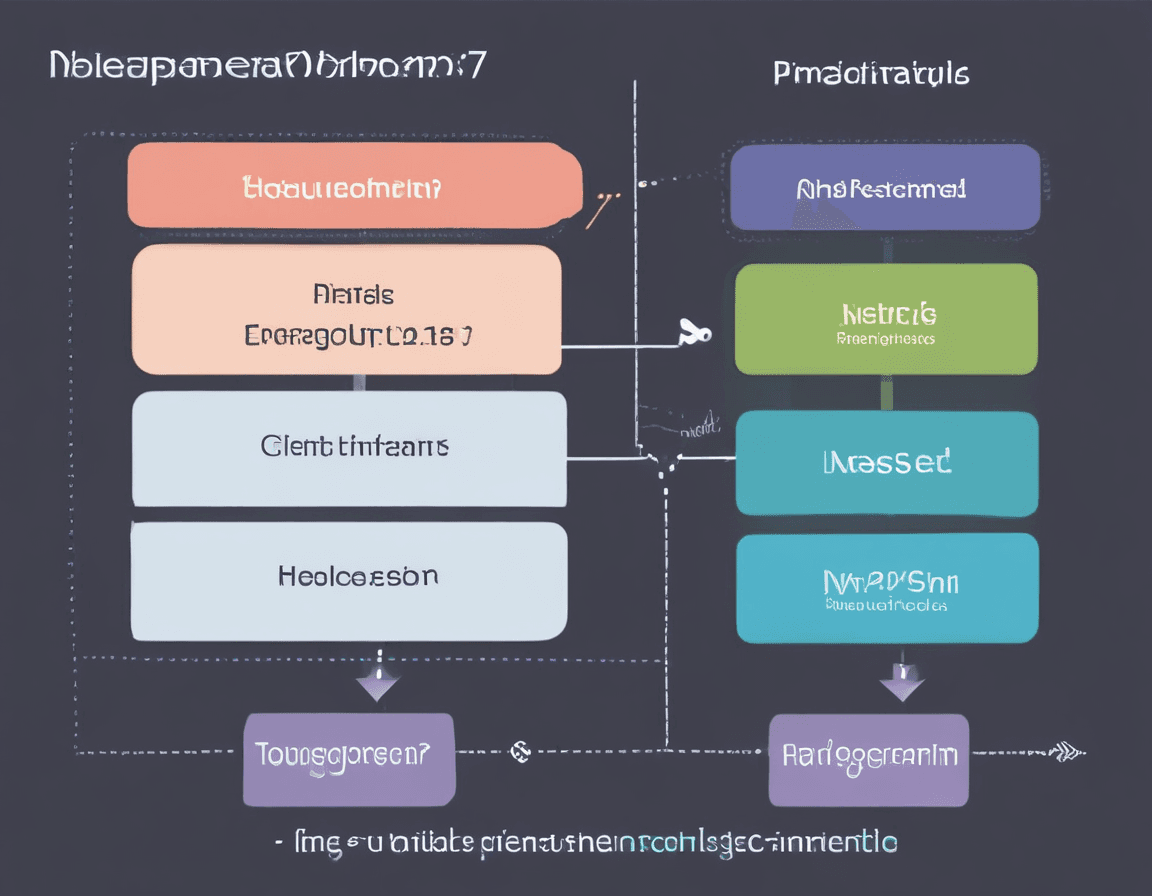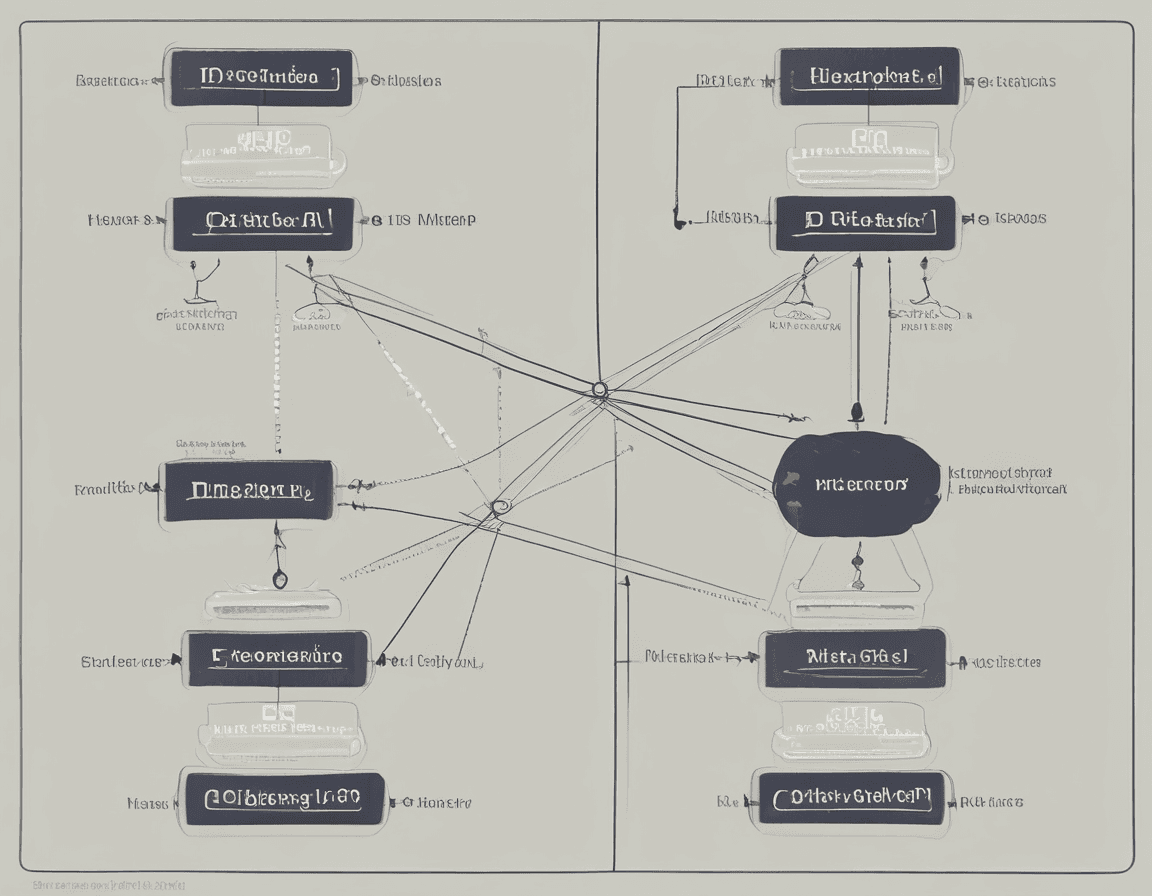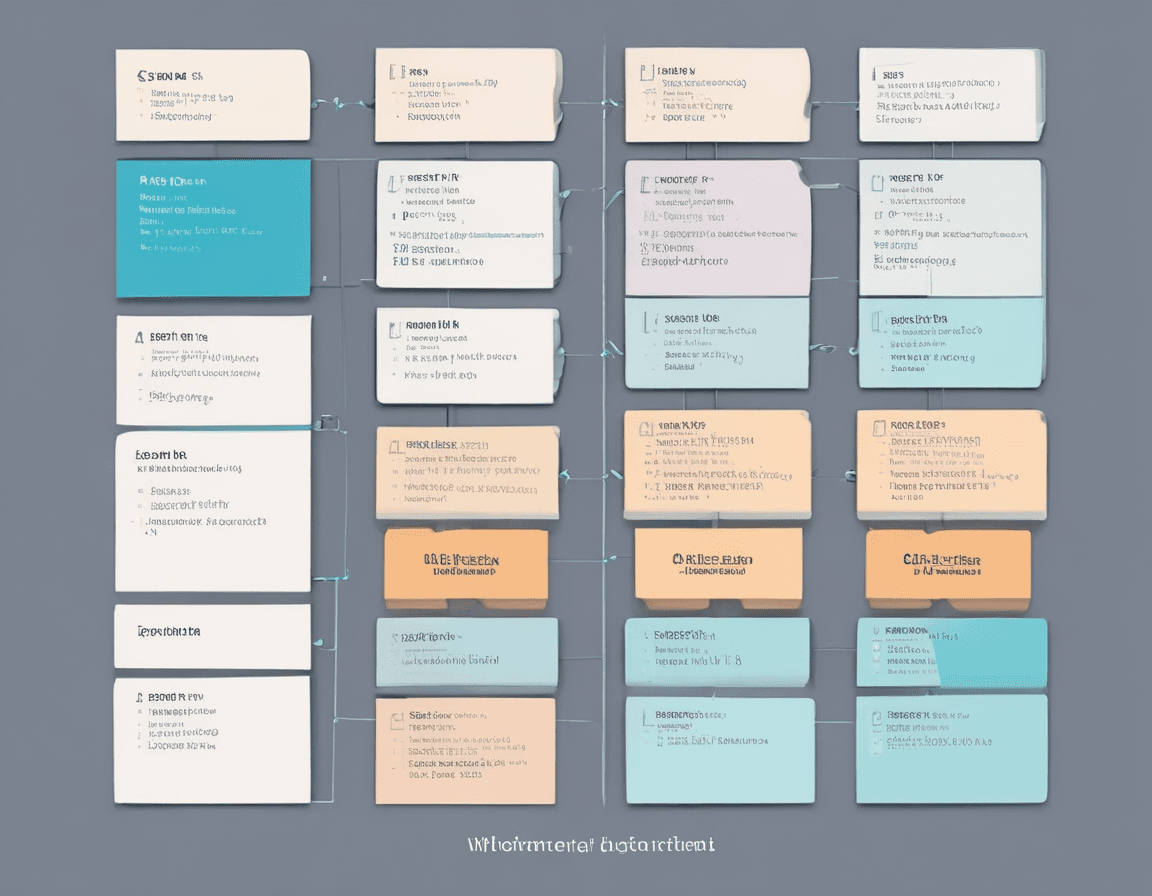In-depth Analysis of Dependency Injection in NestJS: Underlying Mechanisms and Practical Examples
- 742Words
- 4Minutes
- 08 Jul, 2024
Dependency Injection (DI) is a design pattern aimed at reducing coupling between components by passing their dependencies as parameters. As an advanced Node.js framework, NestJS implements dependency injection in a strongly-typed and modular manner. This article explores the dependency injection mechanism in NestJS from the ground up, discussing both the underlying principles and practical applications.
1. Dependency Injection Mechanism in NestJS
NestJS’s dependency injection mechanism is based on reflection metadata and a dependency graph. It uses TypeScript decorators and the reflection API to automatically resolve class dependencies and instantiate and inject them according to the dependency graph.
1.1 Reflection and Metadata
NestJS uses the reflect-metadata library to collect and read reflection metadata. In TypeScript, decorators such as @Injectable() and @Inject() can be used to mark classes and properties. NestJS collects this metadata at compile time and uses it at runtime to construct dependency relationships.
1import "reflect-metadata";2
3@Injectable()4export class UsersService {5 constructor(private readonly userRepository: UserRepository) {}6}In the code above, the @Injectable() decorator marks the UsersService class, enabling NestJS to recognize it as an injectable service. The userRepository parameter in the constructor, marked as private readonly, indicates that the class depends on UserRepository.
1.2 Dependency Graph and Resolution
When an application starts, NestJS scans all modules, controllers, and providers, collects their metadata, and builds a dependency graph. This graph, a Directed Acyclic Graph (DAG), represents the relationships between classes. NestJS resolves dependencies based on this graph and instantiates objects as needed.
1@Module({2 providers: [UsersService, UserRepository],3})4export class UsersModule {}Providers declared in a module are registered in the dependency graph by NestJS. Then, NestJS resolves the dependencies of these providers and creates instances. This process follows a typical “request-instantiation-injection” flow:
- Request: The application requests a service (e.g.,
UsersService). - Instantiation: NestJS checks the service’s constructor parameters, finds all dependencies, and recursively instantiates these dependencies.
- Injection: After instantiation, NestJS injects the dependencies into the service and returns the instance.
2. Practical Applications: Modules, Controllers, Services, and Custom Providers
2.1 Module Configuration
Modules are organizational units in NestJS. Each module is defined with the @Module() decorator, containing providers, controllers, and potentially other imported modules.
1import { Module } from "@nestjs/common";2import { UsersService } from "./users.service";3import { UsersController } from "./users.controller";4import { UserRepository } from "./user.repository";5
6@Module({7 providers: [UsersService, UserRepository], // Register providers8 controllers: [UsersController], // Register controllers9})10export class UsersModule {}In the example above, UsersModule registers UsersService and UserRepository as providers and declares UsersController.
2.2 Controller Configuration
Controllers handle HTTP requests and return responses. They are defined with the @Controller() decorator, and methods are marked as route handlers with decorators like @Get() and @Post().
1import { Controller, Get } from "@nestjs/common";2import { UsersService } from "./users.service";3
4@Controller("users")5export class UsersController {6 constructor(private readonly usersService: UsersService) {}7
8 @Get()9 async findAll() {10 return this.usersService.findAll();11 }12}In UsersController, UsersService is injected through the constructor, allowing the controller to use the service’s methods to handle business logic.
2.3 Service Configuration
Services contain the application’s business logic and are provided to controllers and other services through the DI system.
1import { Injectable } from "@nestjs/common";2import { UserRepository } from "./user.repository";3
4@Injectable()5export class UsersService {6 constructor(private readonly userRepository: UserRepository) {}7
8 async findAll() {9 return this.userRepository.findAll();10 }11}In UsersService, UserRepository is injected and used for data access logic. The @Injectable() decorator makes the service manageable by the NestJS DI system.
2.4 Custom Providers
Custom providers allow developers to supply dependencies in different ways (e.g., useValue, useClass, useFactory). For example, useFactory can be used for asynchronous initialization.
1import { Injectable } from "@nestjs/common";2
3@Injectable()4export class AsyncService {5 constructor(private readonly someDependency: any) {}6
7 async doSomething() {8 return "done";9 }10}11
12// app.module.ts13import { Module } from "@nestjs/common";14import { AsyncService } from "./async.service";15
16@Module({17 providers: [18 {19 provide: AsyncService,20 useFactory: async () => {21 const dependency = await someAsyncInitialization();22 return new AsyncService(dependency);23 },24 },25 ],26})27export class AppModule {}28
29async function someAsyncInitialization() {30 // Simulate asynchronous initialization31 return new Promise((resolve) =>32 setTimeout(() => resolve("initialized dependency"), 1000),33 );34}In the code above, AsyncService is asynchronously initialized using a factory function useFactory. This method is useful for dependencies requiring complex configuration or asynchronous operations.
Conclusion
The dependency injection system in NestJS is built on TypeScript’s strong typing features and decorators, using reflection and a dependency graph to achieve flexible and powerful dependency management. It supports not only basic class injection but also provides rich options for custom provider configurations, allowing developers to easily manage complex dependencies. This design grants NestJS applications high modularity, testability, and maintainability.


